I have never seen live a Temps Zero show, but those mostly black and white heavy textured analog images give me a chance to sense a pause in judgement, a sober let go into a sensorial experience, a trance of seeing and hearing at the same time without knowing where and when, and without having the possibility as a viewer/listener to scrutinize my premonitions. With an immediate association to the late 60s experimental magazine Provoke (Purovōku), Temps Zero pictures free verse of a very empathetic today. I have talked formally and informally to the three curators to unearth some of their routines of seeing, preferences in imagery, day-dreams and projected vision for the events planned in autumn in Bucharest.
Between the end of August and end of November Temps Zero will present in Bucharest an exhibition at MNAC, a Live Performance At Switch Lab Gallery and will hold a mini-workshop at the National University of Arts. As such a kind of AV arrangement, Temps Zero happened since 2013 in different instances in Vienna, Athens, Bernac, Rome, Thessaloniki, Ilanz, Braga, Athens, Toulouse, Paris, or Berlin.
Temps Zero is simultaneously a sonic & visual experience, a musical & pictorial journey in which still and moving images from a group of chosen photographers and filmmakers, are mounted and screened together with field recordings and sound art performances.
Temps Zero performances are unique and created in accordance to the place, local visual & sound artists as guests under the free choreography of the core team: the photographer Stéphane Charpentier as organizer, editor, the sound artist Alyssa Moxley as sound curator, the photographers Patricia Morosan and Damien Daufresne as associated curators.
Temps Zero seems to me atemporal, granting access to an encouraging instance of image and sound making, one based on the responsiveness of senses and sensitivities, a key for reading imprecise and rough everyday-life imagery.
In Bucharest the shows will include visual works from Michael Ackerman (US), Gaël Bonnefon (FR), Martin Bogren (SE), Lorenzo Castore (IT), Stéphane Charpentier (FR), Clara Chichin (FR), Adam Grossman Cohen (US), Damien Daufresne (FR), Gabrielle Duplantier (FR), Theo Elias (SE), Nicu Ilfoveanu (RO), Marco Marzocchi (IT), Lorena Morin (ES), Patricia Moroșan (RO), Alisa Resnik (RU), Gilles Roudière (FR), Uli M Schueppel (DE), Marie Sordat (FR) and sound work from David Bryant (CA), Vlad Fenesan (RO), Alyssa Moxley (US) curated by Stéphane Charpentier, Patricia Moroșan, Alyssa Moxley with guest curator Sandra Demetrescu (MNAC).
Patricia Moroșan described this niche of photography as projecting onto the subjective, emotional, introspective, personal, in visible contrast with documentary or street photography. As always a memorable thing to discuss with artists in the position of cultural workers, with Alyssa and Stephane I kept ranting about beauty and gave my opinion on the unanswerable questions on formats, choices, seeing together, producing together, letting go of the vanity in the process as recommended attitude. We touched upon vitals such as balanced representation in line-ups and the preferences in an imagery inside out the commercial world of photography. I kept two ideals as a viewer/listener from Alyssa, to remain in question in front of art when you are not told what to believe, what to think.
Jasmina to Stephane: You said that as a group you are interested in the little aspects, icons, gestures of the present time. I enjoy very much thinking of the present time in conjunction to the name of the group Temp Zero. In a sense there is a different dimension of the present time.
Stephane: We have different formulas. When we organize workshops, the point is to gather people from different disciplines. Still images, photography, experimental film. Some are collecting sounds and making music and at the end of the workshop or residency, with the material that has been collected, we make a public performance. When we work like in Bucharest with more known artists, we make a live sound performance with material that the artists have sent to us. This show is kind of reformulated with making a collective edit with the material that all these artists from all over Europe. I think we are really into the idea of poetry, of questioning current time with a kind of an endless poetry. And to build a very personal vision of daily life and to make a puzzle out of all this vision. Present time confronting and the kind of endless question of this existence. With things which are not manipulated aesthetically, but fragments of reality which give a very personal representation of life. With sound artists, with Alyssa making music with field recordings is also connected with this idea of catching reality elements that build a very personal vision.
Jasmina to Alyssa: I also noticed you are picking different sound artists or musicians for each episode. Are they chosen in conjunction to locality, or people that you worked with before, or people that were approaching you. How do you decide?
Alyssa: Normally people who are from the location where the performance will be held. But there also variations depending on the situation, finding other artists that are somehow in tune with combining instrumentalists with field recordings. I like to work with people that are sensitive to the project, to the sound working together with the images.
Stephan: The project in the gathering performative sense, each time is totally edited and reshaped. Inviting local artists is also very important for us because we want to create the energy of the moment.
Jasmina to Stephane: How would you frame the kind of imagery that is shown in Temp Zero?
Stephane continues: Being photographers making film experiments, we are not representatives of a world production of photography. We are into this poetic vision of daily life, mostly using analog to create image. An important point is that we are also promoting a way to make photography and film experiments which is a personal documentation of life, and not conceptual. As an example there was last year an exhibition in the Botanical Museum in Brussels which was an exhibition representing a movement from artists like Robert Frank to Daidō Moriyama to more contemporary photographers and so in the whole line-up, half are of the photographers were and are presented in Temp Zero. It shows also that Temps Zero is promoting a specific way to make images. And sometimes we don’t feel that we are represented in a usual photo festival for example. In the trend of social network there are a lot of new people, every day new ones. And we are not in this process. These visual artists sometimes take a life to develop their work. We are also defending this approach of art as something which is in poetry, in deep feeling rather than spectacles of images that are immediately sexy.
Jasmina: When I was living in Bucharest I observed around me a predominant, very competitive and full of criticism attitude among young artists. Which seemed not so fruitful and was missing solidarity. Do you think that this will also shake up the scene in Romania: the artists involved as well as the audience would feel more encouraged to continue this kind of work? How do you see your influence projected in the future, knowing the reactions you had in other European cities throughout the years?
Stephane: I think there are a lot of trends and the art market, mainstream media and TV generate opposite cultures – we hope to inspire an audience for the arts with very spontaneous energy that needs to see that art is not only attitude. I can give you an example, which was important for me. We did a Temps Zero in Toulouse, 2013, it was an outdoor show by the river. Many people came and I think it really marked the audience and inspired a lot of young photographers in the city. To this moment when I go to Toulouse people are talking about this night. It was just one night but I think it was inspiring, suddenly people saw art that they liked and a little bit of something they are doing themselves.
On TV and most of the exhibitions of the photo festivals there is a very loud representation of photography and sound, documentary or conceptual photography and we are in a little niche of this creation and we believe we do not have to go through the trends and that we are just focusing on the truth we try to express. And in this way I think it is also touching people. It is also a very spontaneous way of making sound collecting images and trying to build a personal vision. For example, when I teach workshops I try to understand if a young photographer is true with what he/she is showing me. I am trying to see if it is deep, and not only in attitude, but if he/she is honest. We are playing with poetry, with old symbolic icons of personal life and to defend a kind of movement in this way. Another point, that is clear with me for Temp Zero, is that we have cratered a family of photographers who took part in this idea and also with welcoming musicians we create very intense and unique events. Musicians make live meetings and the music totally changes the color of images. It feels special, very magical. There is the art market, the audience, the creator. For example inside Temps Zero there is Michael Akerman who is also coming to the workshop. He is not so represented in the art market but he has an audience in the underground all around the world. People who are sensitive to highly emotional pictures. It is a good example because he is influencing young artists in a positive way.
Jasmina: I wanted to ask both of you if you think you have created a community and what are the basis of this community. The basis for me is on the one hand: defending a kind of method, a kind of way of being an artist and on the other hand is of course the quality of the aesthetics that cannot only come from your sensitivity towards the world, it comes also from experience and from exercise and work, labor.
Stephane: It is truly an art. It is very aesthetic but it’s also the substance of image and sound. It is difficult to define. I read a book by Tarkowski, a personal diary and he had a very demanding definition of art. Like a total involvement and sacrifice to what we do. A very beautiful and strong definition. I think we try to catch the substance of images and not only the aesthetics and the use of analog. There is this idea of a generation of photographers all over Europe who are in this way of thought and image production. And there is also a musical side which is very important because it creates very unique and intense encounters between artists and also with the audience.
Jasmina to Alyssa: Did you have a previous history with images? You are working with music and field recordings but you also work as a conceptual artist.
Alyssa: I am really interested in this way of creating a space, a feeling, capturing a moment from reality and I think that the way the kind of photography from Temps Zero is really in line with what I am interested in, with field recordings as well. Most of the times you don t know where these recordings are from unless someone tells you, you just have a feeling about a place. I am using field recordings that I have made in many places. While watching the photographs you make associations between the non place, you don’t actually know where and when anything is from. But it creates a sense of a real place. Hopefully with the intimacy.
Jasmina: I think this process is making more abstract the context of a photo, more than in an exhibition where there will be a caption for the picture. What is interesting to me is that somehow together with the sounds, this instance is replacing a little bit the language of text with the language of the senses. I am in favor of abstraction as well of aesthetics, and at the same time it is beautiful to know where an image was taken and whose is it. Somehow it feels like in Temps Zero a new format is created. Images are not in hierarchy with text or with sound.
Alyssa: It is also different when you are looking at an image during the performance because you are looking at it for a certain period of time and you look at it in relation to other images, other images by the same artist but also within the collective. I think this project is creating a network of associations. It is very considerate with the editing for example that Stephan is doing and the choice of sounds that is going into it, it is all very considerate.It is not telling you what to think about. The associations are not totally random, it’s also not something planned.
Stephan: It is also creating a kind of meditative, immersive, contemplative state. It’s like a trip anywhere where everybody receives from their own emotions. What we think is that it is nice to remain questioning in front of art. When you know everything you get bored. If it remains a kind of enigma. If you look at the same photo at the same painting questioning yourself, trying to understand, I think it is a good one. If you get bored by an image because it is too obvious that is not a good one. And we are into this kind of iconography, describing its own way of representing existence and a way of being with images which are symbolic or poetic.
Jasmina: It’s challenging sense making. It’s sense created only in that instance, in those moments and I enjoy that uniqueness is very momentary and it is not going to happen afterwards at all or it is going to be different. Witnessing that in an object driven performance it is truly special.
Alyssa: We are also creating the interactive sound installations in MNAC. Each photograph in MNAC will have a track associated with it, it’s only one element to the soundtrack. The people visiting the exhibition will be able to overlay these sounds and each experience will be having its own unique soundtrack from the way people are pausing in front of the images.
Stephan: There will be sensors in front of the images. So when the visitor will be activating the sound through a sensor, they will create sound. The addition of sound from the spectator, will create a kind of soundtrack inside the space. This is a format we imagine for the first time in this form because we have the opportunity to make this exhibition at the museum. We try to design a new form that respects the process associating deep imagery with sound recording as we do and we think it will be two or three rooms in the museum so one will be with this kind of interactive sound installation and we also have a projection room which will be a little bit closer to the feeling of a performance.
Jasmina: Thinking about your project three words came into my mind: poetics, poiesis, politics.
Stephan: I think the political is not so much in the slogan, but just in the way we are. The responsibility of a behavior, action, models that we give to the audience. I think it is a nice combination. What I could add is that the most important thing we do is we let feelings rise. How we perceive, what we feel. People can exchange what they felt. We are all unique but we also have big potential of so many promises. We are not into a kind of art which is imposing a very strict model. Each one is talking about their own truth but it is something that is going through feelings.
Alyssa: Individuals express their identity without identity politics coming into place at all. There is no definition of what their identity is supposed to be. It is just created through these expressions of feelings.
Jasmina: Politics for me is rather about the power behind images which create all sorts of power relationships. In between the viewer and the images, images between each other or images with sound. I would also ask you something rather abstract, Alyssa. How can one sonify feelings?
Alyssa: I think that music does this all the time. And I think using field recordings in the way I am recording, or the kinds of recordings that are inside, come from listening to a place just like you would watch a place. You can choose your perspective. There are so many ways. With good quality microphones, or you can as well do something with your phone, or during a Skype conversation. Or use found sounds from the internet.
More information about the project and schedules are to be found on the website of the project https://tempszero.com. The title of this piece is inspired by a talk with Patricia Moroșan.
EXHIBITION at MNAC – National Museum of Contemporary Art Bucharest
(photographic prints, loop projection, interactive sound installation)
29 AUGUST – 29 SEPTEMBER 2019
Vernissage / public event : FRIDAY 6 SEPTEMBER 2019
LIVE PERFORMANCE at SWITCH LAB GALLERY
(collective projection + live soundtrack)
THURSDAY 5 SEPTEMBER 2019
MINI WORKSHOPS at the National University of Arts with Michael Ackerman, Stéphane Charpentier, Patricia Morosan
19/20 NOVEMBER 2019
Booking and information : contact@tempszero.com
POSTED BY
Jasmina Al-Qaisi
Jasmina Al-Qaisi (b. 1991) is a visual ethnographer and a cultural correspondent. She lives in Berlin and works in the archive of the art and project space Savvy Contemporary....


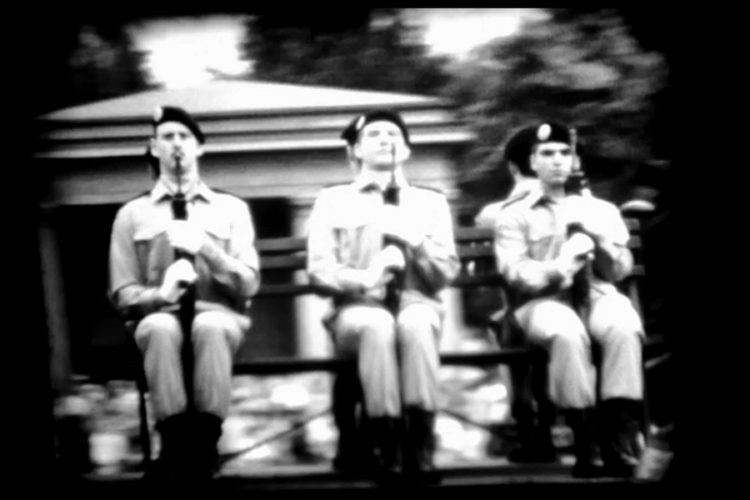
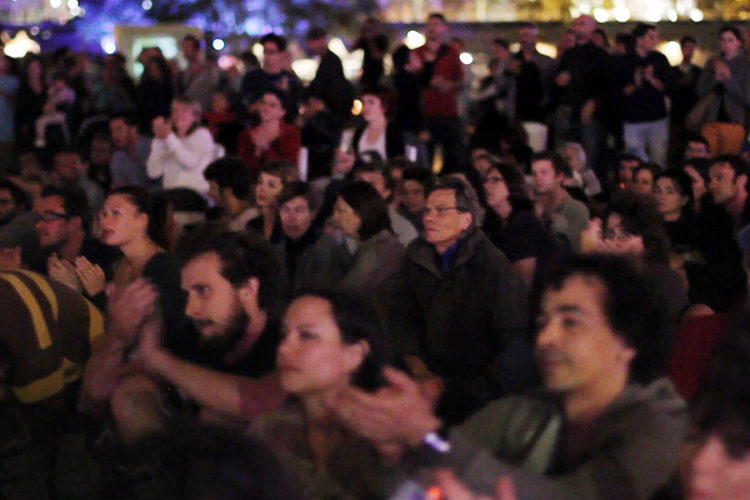
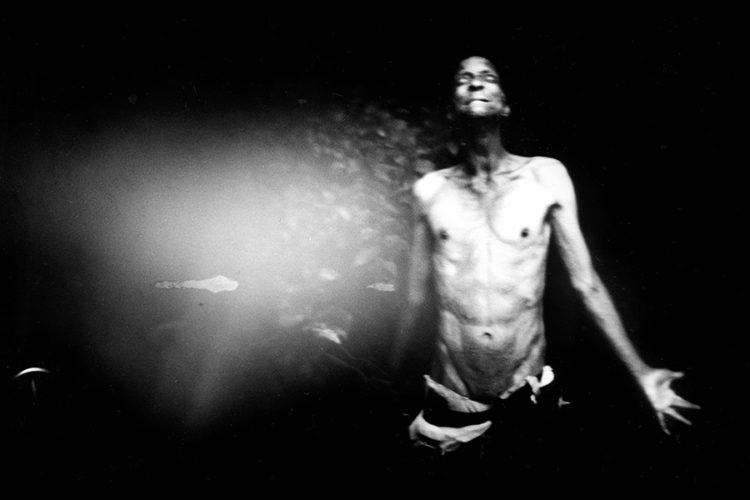
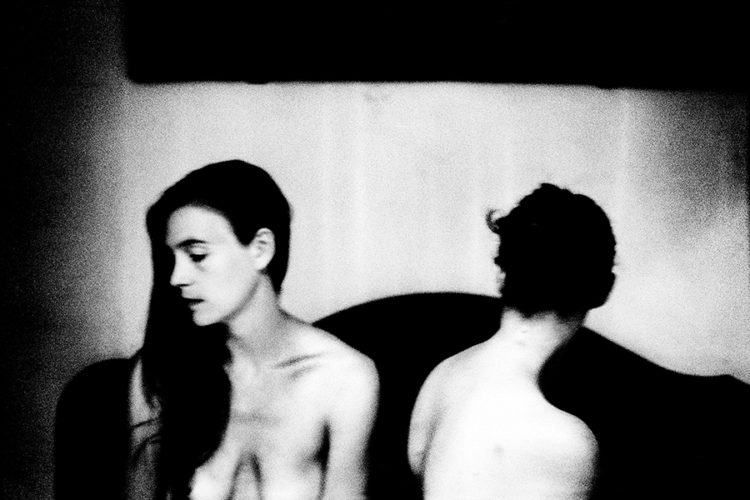
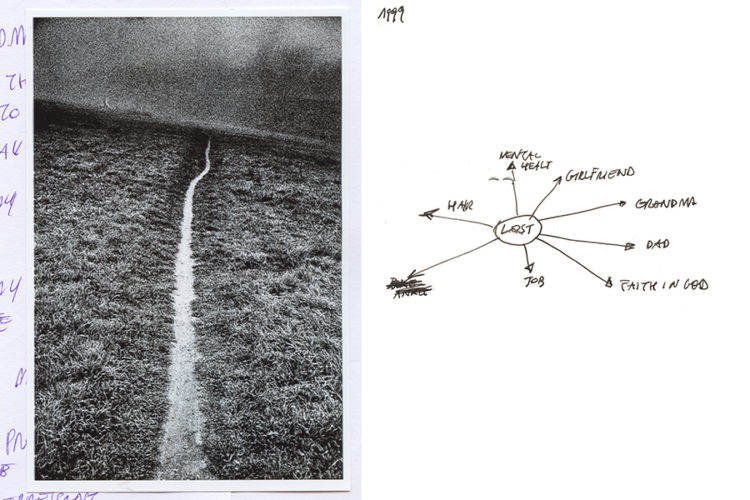
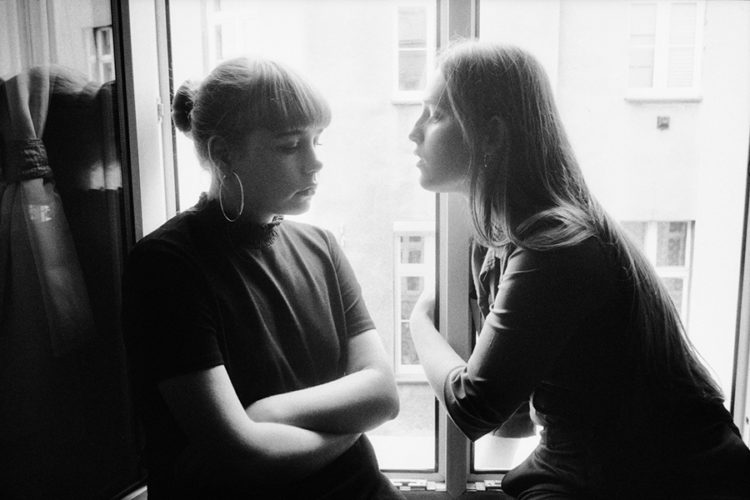
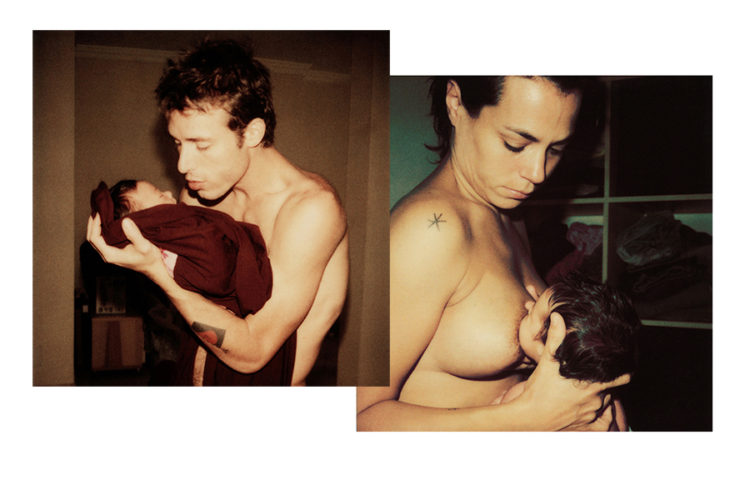
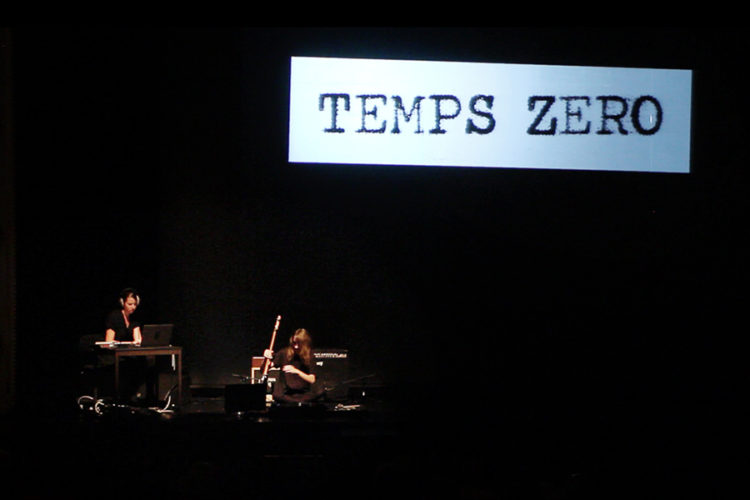
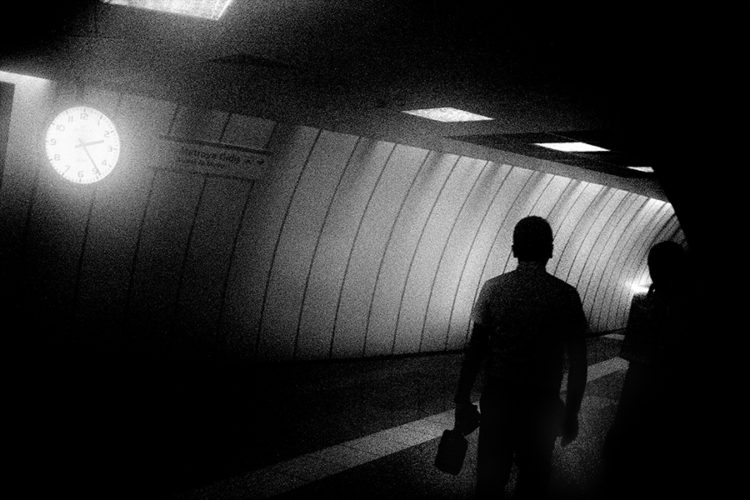
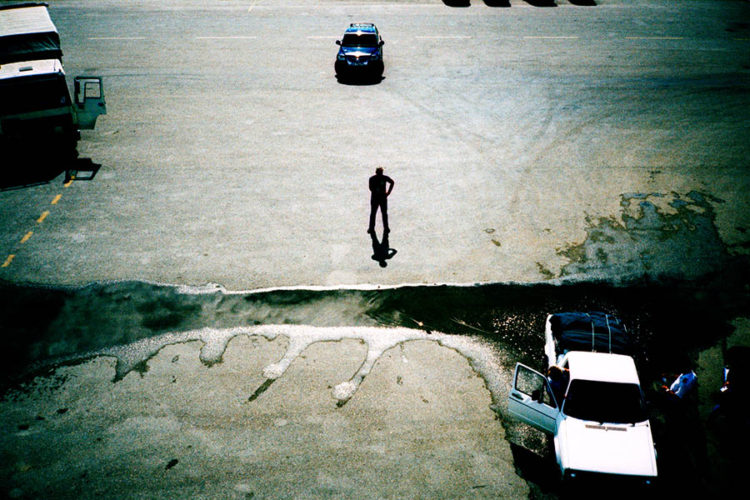
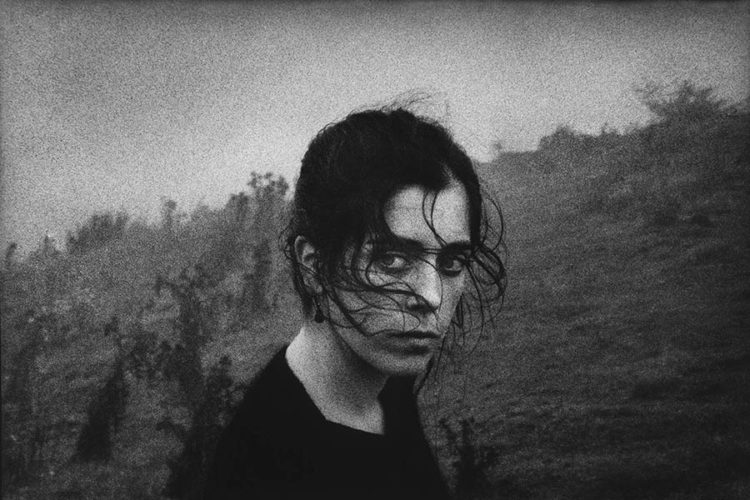
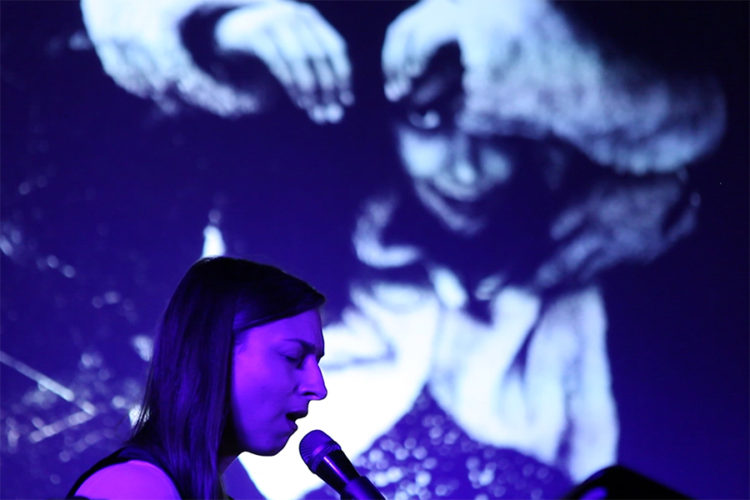
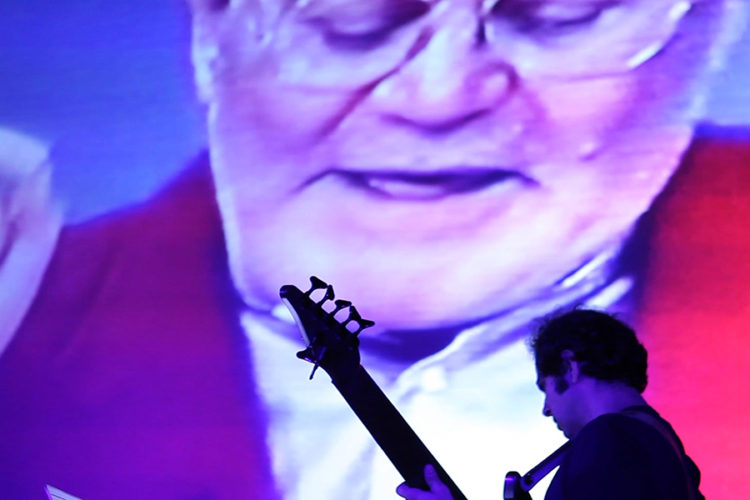
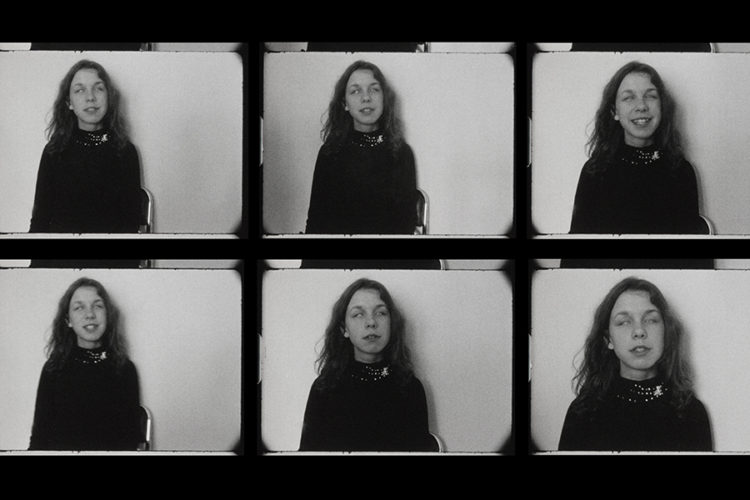
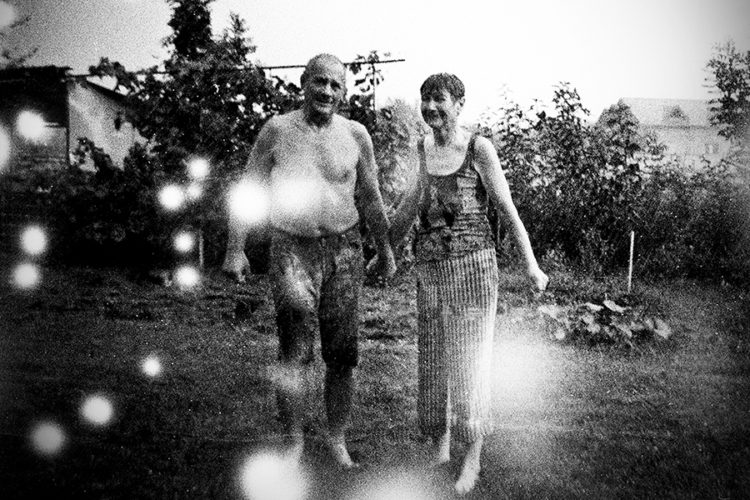
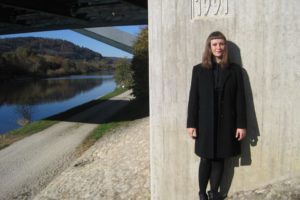
Comments are closed here.